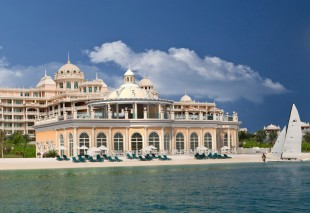

Hotel demand exceeds supply in UAE

Hotels in the Middle East reported mixed Q1 2018 performance results, while hotels in Africa posted growth across the three key performance metrics, according to data from STR.
Performance recovery continued in Egypt, and the absolute occupancy level was the highest for a first quarter in the country since 2010. The year-over-year RevPAR increase was supported by both the Sharm El Sheikh (+84.9%) and Cairo/Giza (+14.7%) markets, and STR analysts expect this boost to continue as Russia recently resumed flights to Egypt after a two-year suspension.
STR analysts note that the slow start to the year for South Africa was in part due to supply growth (+2.2%). A recent analysis from STR showed that supply growth in the luxury segment is levelling off. At the market-level, Cape Town reported an 8.9% Q1 decrease in occupancy. That decline was steeper in March specifically (-12.3%). STR analysts believe that the negative performance was influenced by the water crisis in the city. The announcement of “day zero” would have likely deterred international tourists, who would have had to book trips multiple months in advance. Johannesburg, on the other hand, saw a 2.5% increase in occupancy for the quarter. That, coupled with a 5.1% lift in ADR, pushed the market’s RevPAR growth to 7.8%.
Healthy demand growth (+5.2%) was enough to outpace continued significant supply growth (+4.0%) in the emirates, leading to an increase in occupancy while mitigating the supply impact on rate levels. Key markets Abu Dhabi (RevPAR: -4.0%) and Dubai (RevPAR: -2.6%) each saw overall performance declines. STR analysts note that the supply growth impact is more substantial in Dubai ahead of Expo 2020, while Abu Dhabi is looking to diversify away from its oil dependence and focus on more development in the tourism sector.